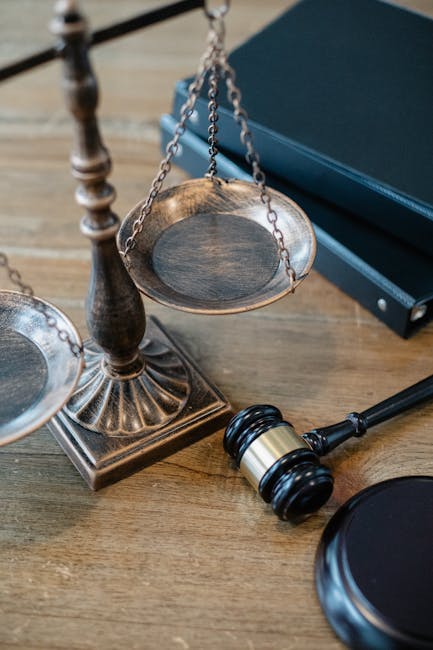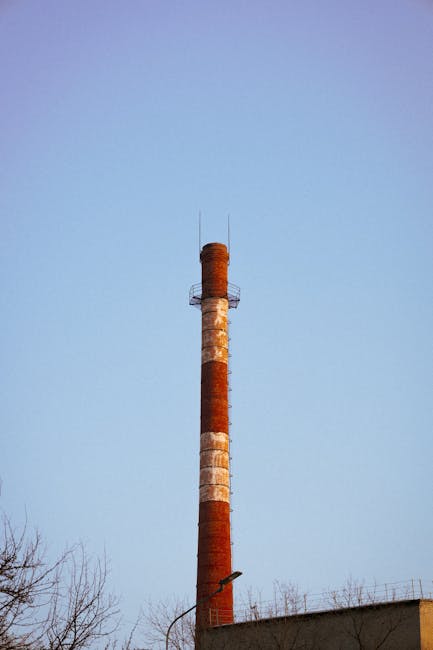-
Increase in Maritime Piracy/Armed Robbery (2025): The IMB reported a notable increase in global piracy and armed robbery incidents in the first three months of 2025. Why: This highlights the continued threat to maritime security and the need for vigilance.
-
IMB’s Core Function: The International Maritime
Bureau (IMB) combats maritime fraud, malpractice, and piracy, established in 1981. Why: It’s a crucial organization for safeguarding international shipping and trade. -
Part of ICC: The IMB is a specialized division of the International Chamber of Commerce (ICC). Why: This affiliation gives the IMB significant reach and influence within the global business community.
-
Information Hub: The IMB serves as a platform for cooperation and information sharing among governments, shipping companies, and law enforcement. Why: Collaboration is essential for effectively addressing maritime crime.
-
Piracy Reporting Centre (PRC): Located in Kuala Lumpur, Malaysia, the PRC issues daily reports, alerts law enforcement, assists victims, and publishes piracy statistics. Why: The PRC is the operational arm of the IMB, providing real-time support and data.
-
UN and INTERPOL Recognition: The IMB has recognition/cooperation mandates from the UN’s IMO and observer status with INTERPOL. Why: This legitimacy strengthens the IMB’s role in international maritime security.
-
Services Provided:The IMB offers mediation, locates lost ships, recovers stolen cargoes and prepares customised
reports. Why: To resolve dispute in ammicable manner and provide security to the ships. -
Head Office Location: The IMB’s head office is located in Limassol, Cyprus.
18.04.25
V2G Technology
-
Kerala Pilot Project: KSEB, partnered with IIT Bombay, launched a V2G pilot project to assess feasibility in the state. This is important because it signals growing interest and investment in V2G tech in India.
-
V2G Definition: V2G enables EVs to send stored electricity back to the grid when idle, acting as decentralized energy storage. It’s important because it leverages EV batteries to potentially
balance energy supply and demand. -
Bi-directional Flow: V2G involves both G2V (charging) and V2G (discharging), creating a two-way energy flow. This is important because it offers flexibility in grid management.
-
Grid Support: V2G stabilizes the grid by storing surplus energy and supplying it during peak demand, reducing strain on power stations. This is important for grid reliability and efficiency.
-
Renewable Energy Integration: V2G helps overcome the intermittent nature of renewable energy sources by using EV batteries as distributed storage. This is vital for broader adoption of renewables.
-
Global Traction: V2G is gaining traction in mature EV markets (Europe, US) with pilot projects and incentives for owners to supply power back to the grid.
-
India’s Nascent Stage: V2G is in early stages in India, with focus on EV charging infrastructure integration and pilot projects planned by DISCOMs.
-
Regulatory Changes Needed: India needs supportive regulatory changes to mainstream V2G due to the current electricity market structure’s limitations.
-
KSEB Project Goals: Kerala’s project aims to assess EVs’ ability to support the grid during peak demand, particularly when solar energy is unavailable, addressing concerns about rising electricity demand from EVs.
-
Potential for Utilities: V2G and smart charging can turn EV integration from a challenge to an opportunity for DISCOMs, encouraging charging during high solar generation and using EVs for storage.
-
Emergency Power:V2G provides decentralised storage for emergency and crisis situation and is actively being planned and tested in different regions like California.
CJI
- Upcoming CJI: Justice Bhushan Ramkrishna Gavai will become the 52nd Chief Justice of India (CJI) on May 14, 2025. His name was recommended to the law ministry by the outgoing CJI Sanjiv Khanna.
- Succession: He succeeds Justice Sanjiv Khanna, who retires on May 13, 2025.
- Tenure: Justice Gavai will serve as CJI until his retirement on November 23, 2025.
- Historical Significance: He will be the second Dalit to hold the position of CJI, after Justice K.G. Balakrishnan.
- Appointment Process: The outgoing CJI recommends the senior-most Supreme Court judge to the Union Law Ministry, followed by government approval and presidential appointment.
- Seniority and Role: Justice Gavai is currently the senior-most judge of the Supreme Court after CJI Khanna. The CJI leads judicial proceedings, including Constitution Benches, administers the Supreme Court, 0 213.4-11.5c23.5-6.3 42-24.2 48.3-47.8 11.4-42.9 11.4-132.3 11.4-132.3s0-89.4-11.4-132.3zm-317.5 213.5V175.2l142.7 81.2-142.7 81.2z"/> Subscribe on YouTube









